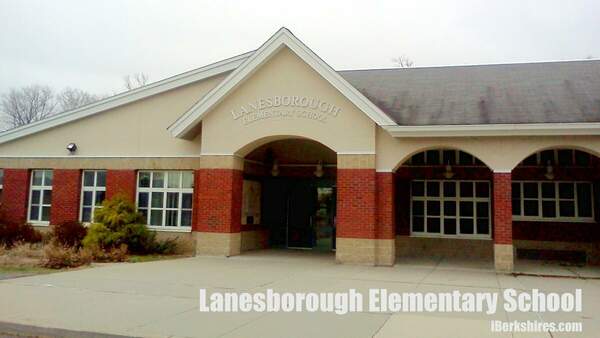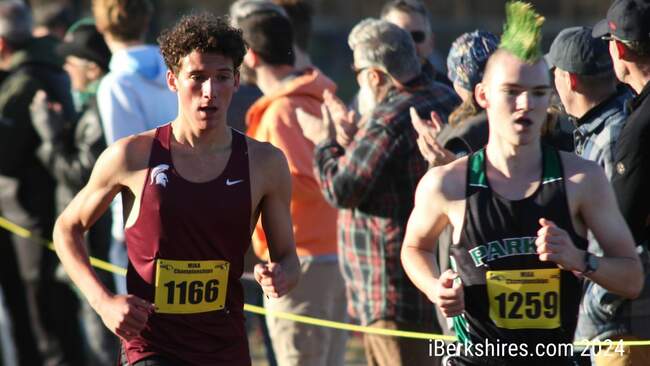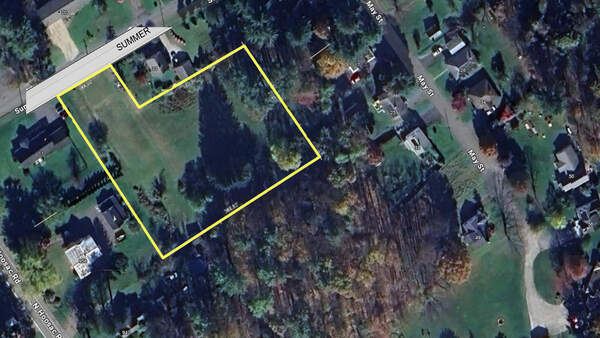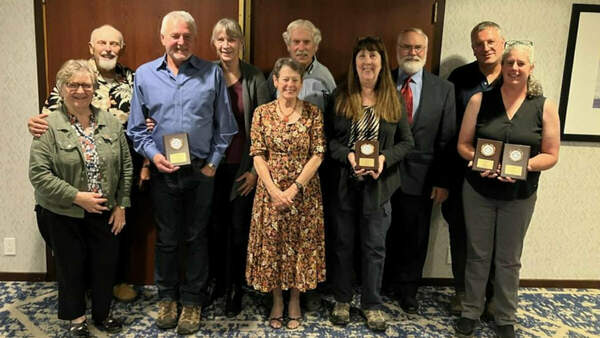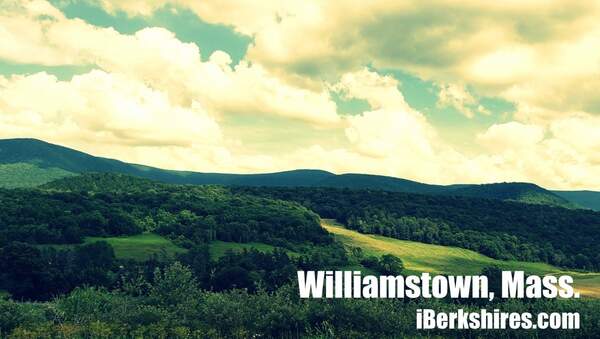WILLIAMSTOWN, Mass. — Fire District voters Tuesday will be asked to approve a $524,000 fiscal year 2024 operating budget and 10 other items on an 11-article warrant at the annual district meeting.
The budget is up 6.3 percent from the $492,882 approved by district voters last spring for the current fiscal year.
It comes up midway through the meeting, set for 7:30 p.m. in the gymnasium at Williamstown Elementary School.
The two largest drivers of the bottom line increase are the maintenance and operation line item and management services.
M&O is up by $10,000 from a year ago, from $55,000 to $65,000, a rise of 18 percent.
Management services is up 53 percent, from $35,900 to $55,000.
Together, the two line items account for 93 percent of the $31,232 net change from FY23 to FY24 in the operational budget.
The evening Tuesday will start with the annual district election, with the polls open from 4 to 7 p.m. in the gym.
Incumbent John Notsley is the only candidate on the ballot for a three-year term on the five-person Prudential Committee. Paul Harsch is standing for another three-year term as the district’s moderator.
Most of the articles on the meeting warrant are similar to those from years past.
In Article 4, the Prudential Committee has asked the meeting to approve use $50,000 from free cash toward the district’s reserve fund; an amount down from the $25,000 applied last May.
Article 5 is the aforementioned operational budget for the district.
Article 6 seeks to appropriate $70,000 to the district’s "Design Fund" for the new fire station, the same amount approved in May 2022.
Article 7 would raise through taxation $80,000 for the district’s stabilization fund. Last year, the Prudential Committee recommended a $60,000 allocation to stabilization. Also, last year, the district meeting approved a $70,000 expenditure from stabilization, to fund the recent acquisition of a replacement command vehicle for the fire chief; no charges against stabilization are proposed in this year’s warrant.
Article 8, a repeat from the 2022 meeting, seeks a $10,000 appropriation for turnout gear for firefighters.
Articles 9, 10 and 12 are new items related to the purchase of equipment. The first seeks $36,000 for "lifesaving equipment" like automatic electronic defibrillators and a LUCAS CPR machine. Article 10 ($10,000) is for updated communications equipment. Article 12 relates to "firefighter ballistic vests and helmets" with an anticipated cost of $12,000.
Article 11 is another non-recurring expenditure related to the fire station project: a $20,000 appropriation for "legal and financial consulting" related to the anticipated bonding process to pay for the building.
| If you would like to contribute information on this article, contact us at info@iberkshires.com. |


